The confluence of climate change-related impacts and a renewed focus on health and wellness following the COVID-19 pandemic have placed a spotlight on design strategies for interior spaces. Now, more than ever, the importance of health as it intersects with all disciplines has come to the forefront of many projects.
“Architects face an important challenge: to create comfortable, productive and healthy interiors with well-regulated parameters, considering factors like indoor air quality, daylighting and biophilic features from the initial stages of design (Arch Daily).” Of course, we have always designed with these elements in mind, but the pandemic has cast a specific emphasis on the indoor environment.
Many people outside of the field may not know how much focus is placed on ensuring there is proper ventilation, access to light, and even the addition of plants in developing architectural plans. We are also careful to select non-toxic, sustainable building materials for use in construction.
Recently, mental health has entered the equation as a conditional consideration for choosing materials. While it may seem like an obvious consideration, mental health has often been overlooked previously as a design element to consider. However, research has actually shown that the visual presence of wooden accents can lower stress levels even more effectively than plants, according to a study conducted by the University of British Columbia. Designers today are exploring more ways to positively influence and protect mental health through elements like these. The marriage of health and architecture has never been more apparent.


